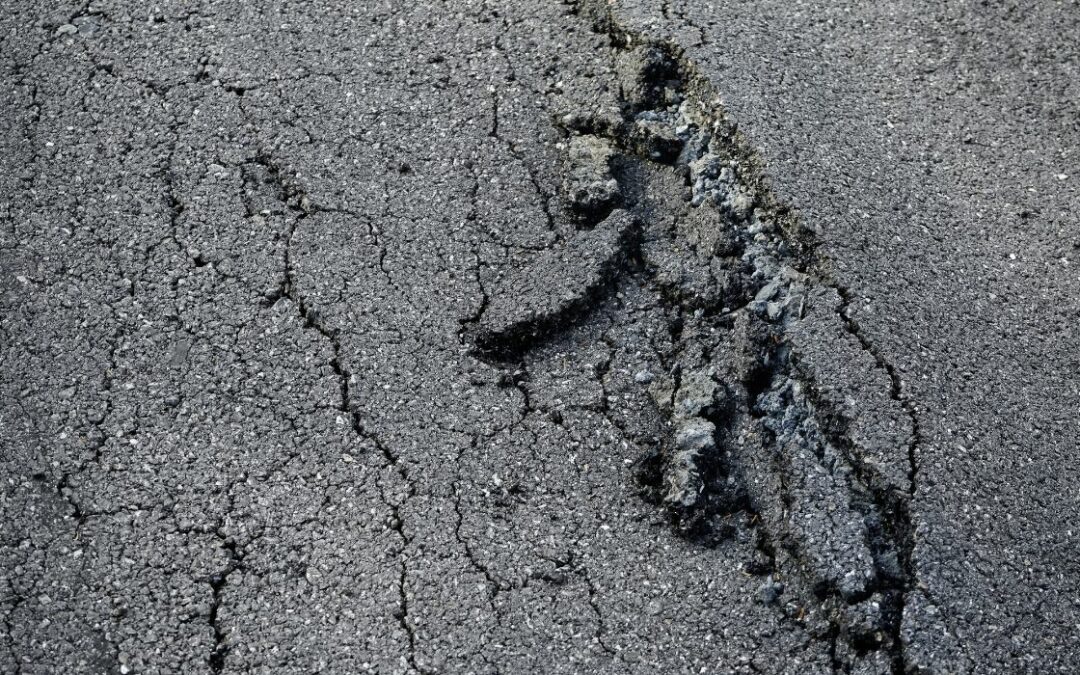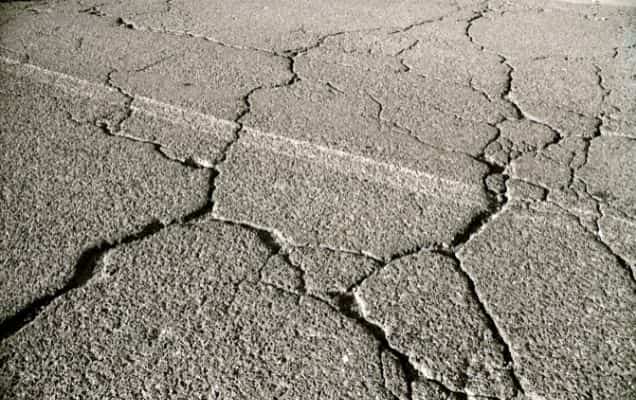Asphalt pavement is known for its durability and resilience. Its strengths make it a highly used material for many pavement applications and the preferred material for most state and federal road projects.
However, like all paved surfaces, it is too is susceptible to deterioration due to the laws of mother nature. Despite the great longevity of a properly laid asphalt pavement, it can be cut short due to poor surface preparation and construction technique or simply long-term exposure to the elements.
Let’s take a closer look at what causes asphalt deterioration.
Why Does Asphalt Pavement Deteriorates?
Deterioration of constructed asphalt pavement is natural. It’s natural because over time the materials that makeup asphalt begin to break down and become affected by elements such as rain, sunlight and chemicals that come into contact with the pavement surface.
The liquid asphalt binder that is the “glue” of the pavement begins to lose its natural resistance to water, allowing it to penetrate into and underneath the pavement. Once this happens, the surface can quickly fall prey to a number of different types of deterioration.
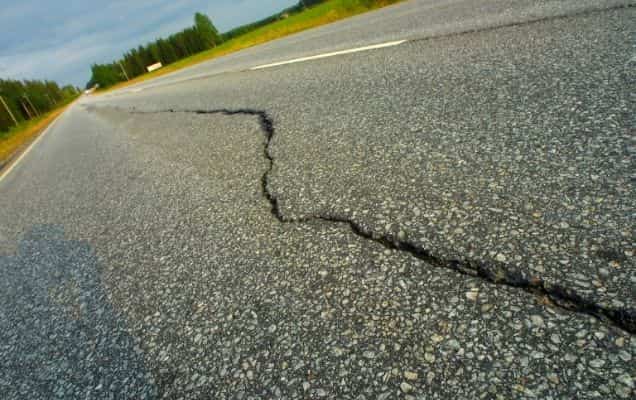
Deterioration of asphalt pavements can also be due to factors that go beyond just normal wear and tear causing premature deterioration. The premature deterioration of asphalt pavement is usually due to failures in construction – or human error. This can be due to a number of factors including:
• Insufficient or improperly compacted base below the asphalt
• Over or under compaction of asphalt
• Improper temperature of asphalt when applied
• Poor drainage
These top 5 asphalt contractor mistakes can also shorten an asphalt pavement’s lifespan.
What Factors Cause Asphalt Deterioration?
When asphalt pavement is constructed and maintained properly it wears out slowly and can last up to 25 years or more. Proper asphalt maintenance is key to protecting it from the external factors that wear it out.
Factors that cause deterioration in pavement include:
1. Water

Over time and especially without proper maintenance water penetrates the asphalt, washes out the base underneath it, causing it to crack, break down and collapse. You should know that water is a critical material in the sealcoating process.
2. Sunlight
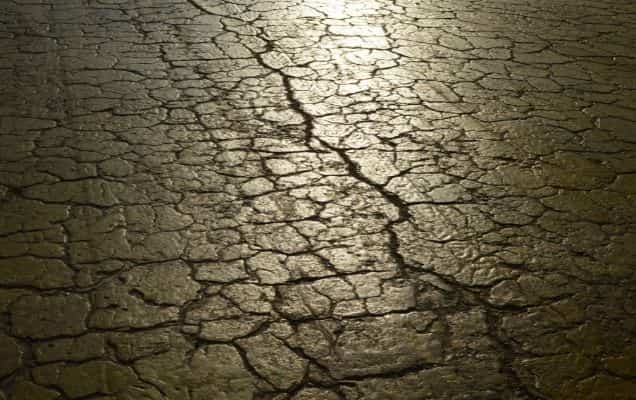
Oxidation breaks down and dries out the once flexible liquid asphalt that holds the aggregate together. This causes raveling and shrinking cracks which allow water to penetrate beneath the surface.
3. Chemical/petroleum exposure
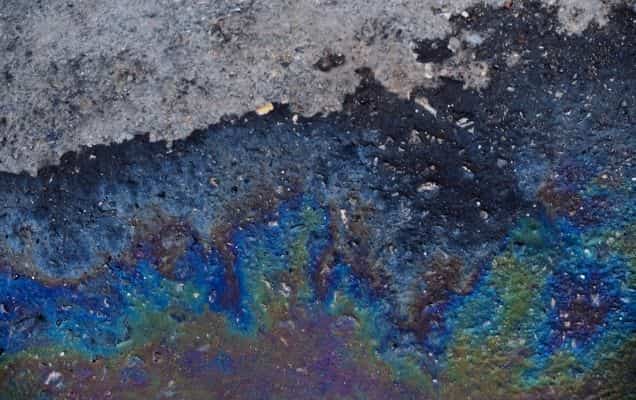
The introduction of chemicals to asphalt, including gas and oil, can soften the asphalt and cause it to break down more rapidly.
The truth is no asphalt is exempt from deterioration no matter how well it is constructed. Asphalt deterioration begins immediately. Even in normal conditions, substantial deterioration can begin to take place after 3 to 5 years.
It is normal after this amount of time for asphalt to begin to turn gray, become brittle and start cracking. Water begins entering the cracks, freezes and thaws during the yearly cycle and causes larger cracks and potholes. Rain enters the cracks and causes base damage.
These all contribute to worn-out asphalt pavement and must be stopped before it’s too late.
What Are the Different Types of Asphalt Deterioration?
1. Cracking
There are many different types of cracking that can occur, and believe it or not they all have names. They include: alligatoring, edge cracks, slippage (caused by improper compaction), reflection (older cracks occurring in a new overlay), edge joint, shrinkage and widening.
2. Distortion
Caused by improper pavement construction, deterioration of the underlying base or existing asphalt and high load factors, asphalt distortions include: channels or ruts, corrugations and shoving, grade depressions, upheaval and utility cut depressions.
3. Disintegration
Types of asphalt disintegration include potholes, raveling, gas and oil spillage.
Conclusion
Just as you paint a new house to protect it from the elements, asphalt must also be protected to maximize its lifespan. Sealing the pavement with a quality asphalt or coal tar based sealant is the best way to protect this valuable investment. In fact, it is recommended that new asphalt be sealed within 60 to 90 days of the application (after it has cured, hardened) to begin protecting it from the elements.
Just as surface preparation is critical to constructing a sound asphalt pavement, so too is surface preparation critical for a successful sealcoat job.
In our next article, we will discuss preparing the existing asphalt in preparation for sealcoating. After all, a good sealcoating job is 95% surface preparation.

